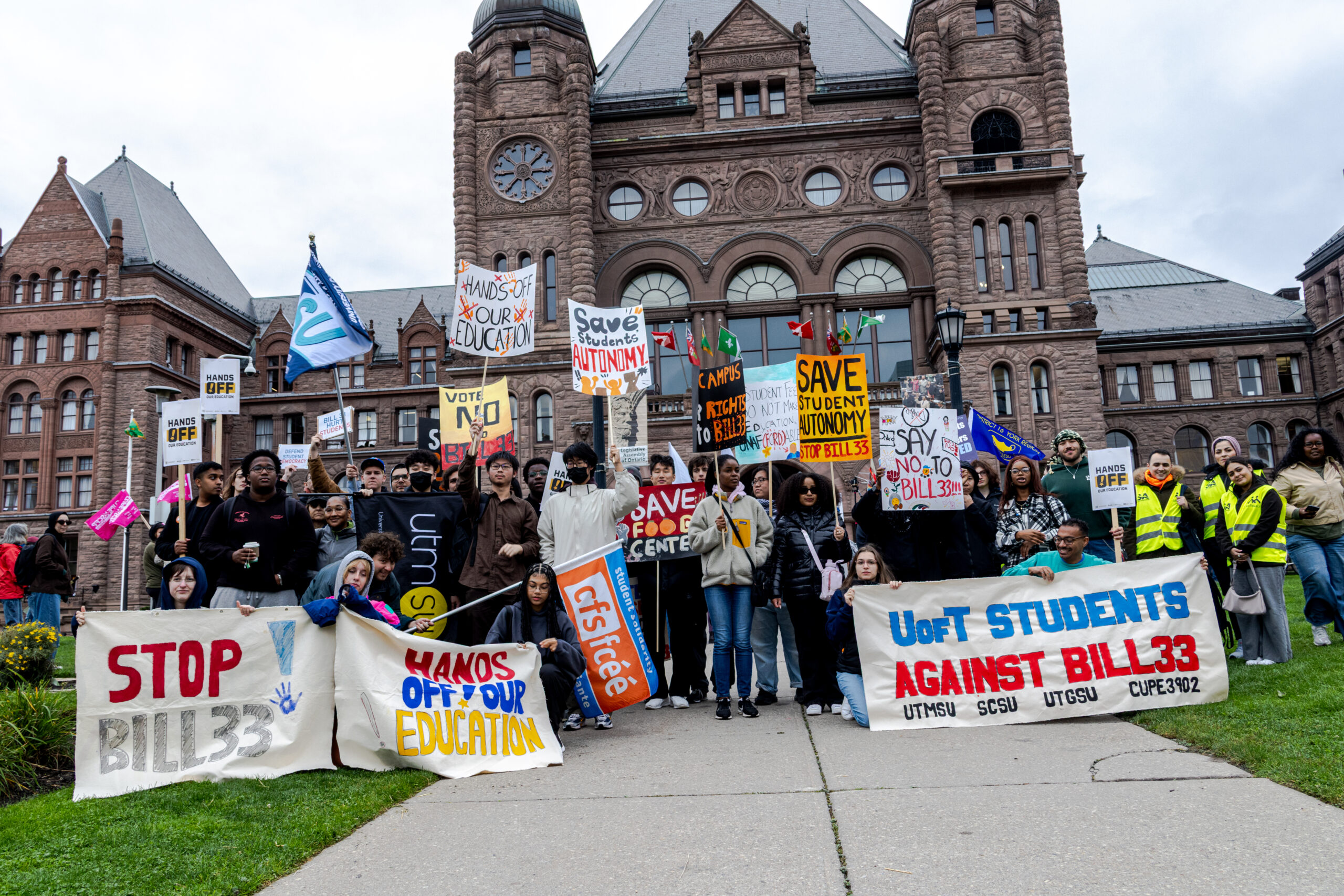PRESTO voucher program to officially launch in February with registrations opening.
Financial help with transit is finally on the way, as the approved PRESTO voucher program launches next month.
Tentatively opening for registration Feb. 5, students will be able to sign up for the program which will offer them up to two $25 vouchers per semester – a total of $50.
This program came to fruition after members of the board of directors with the Student Association of George Brown College (SAGBC) saw the need to act, following a discussion about challenges students are facing.
From there, members of the board agreed to create a transit committee which would explore what could be done to ensure the SAGBC was better able to serve students.
“The inspiration for creating the transit committee came from joint discussions between
the board members and a mutual understanding that we need to do more to reduce the
cost of living for students. We all agreed that funding a transit initiative was one of the
ways we can support students at this time. Thankfully, the previous board had motioned
to investigate a transit initiative, which provided us with important background
information that enabled us to expedite the process,” said Max Davidson, member of the transit committee, educational centre representative and former acting director of communications & internal.
The committee and SAGBC staff worked closely with transit groups within the city to explore what is possible. Once they narrowed put together a list of options, they presented this to the board at a late year meeting.
“Collaboratively, we engaged with PRESTO and TTC coordinators to explore viable solutions, utilizing surplus funds for student transportation relief. After careful consideration, we presented select options to the operations committee for approval before bringing them to the board,” said Muhammad Usman, director of education & equity.
The board explored many options including the implementation of a universal bus pass or “U-Pass,” – something offered at most post-secondary institutions across the province – which gives students access to unlimited transit for the duration of their studies.
The transit committee and board of directors liked the U-Pass program, however, there are many steps which would need to be taken before it can be created. Instead, they opted for a more immediate solution to give students assistance.
“While the U-pass is a wonderful option, it has a drawback. All students are required to contribute a very small fee, irrespective of whether they utilize the service. Additionally, a minimum percentage of student approval is necessary for its fair implementation, and to establish U-pass, a referendum is required. On the other hand, the Presto voucher program is a co-pilot initiative. Depending on its adoption and impact, we may consider adjusting the voucher amount or transitioning to a U-pass model, aligning with practices at other post-secondary institutions,” said Usman.
Students who would like to register must meet certain requirements such as being a full-time student who is currently enrolled in the ongoing semester, have a functional PRESTO card, and must be using transit to commute to school.
Once the program wraps up, Usman says the board will asses the success before deciding on how to move forward.
“Post-implementation, we will assess its impact and consider potential enhancements, such as increased funding or alternative solutions like the U-pass, based on evolving student needs and usage patterns. This initiative serves as a foundation for ongoing efforts to support students with transportation challenges.”
From their meetings, Davidson says he learned some intricacies of usage of the transit systems within the city. The board also ran surveys to further understand how students at George Brown College use the system.
“We were able to conduct a post-elections survey to gather information on GBC students’ transit usage, which was higher than we thought based on the responses we received. We are continuing to investigate these statistics and also hope to gather more information through surveys
attached to the voucher program,” he said. “During meetings with PRESTO and TTC, we learned that students that don’t purchase a post-secondary pass take an average of 11 rides per month. This was significantly lower than we expected, although this data was not specific to GBC students. However, with many programs returning fully to in-person classes, I would expect to see a rise in monthly rides.”
Davidson says the hope with this first phase of transit subsidy is that the SAGBC will be able to better understand how students are using the TTC and other transit services to get from home to the classroom. From there he hopes a longer-term solution is able to be created to better serve students.
Information related to the transit subsidy will become available on the SAGBC website at StudentAssociation.ca, later this month.
Students who would like to learn more subsidy right now can email Communications@SAGBC.ca.


